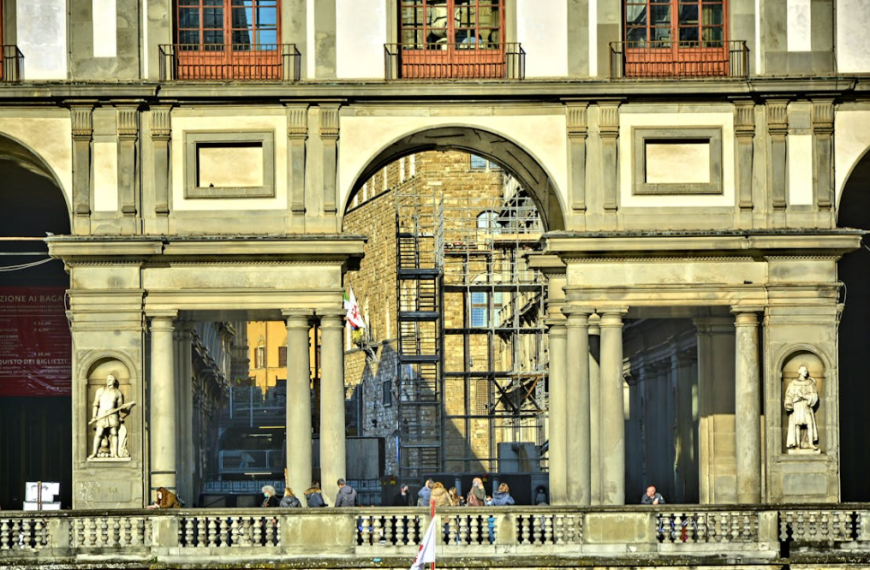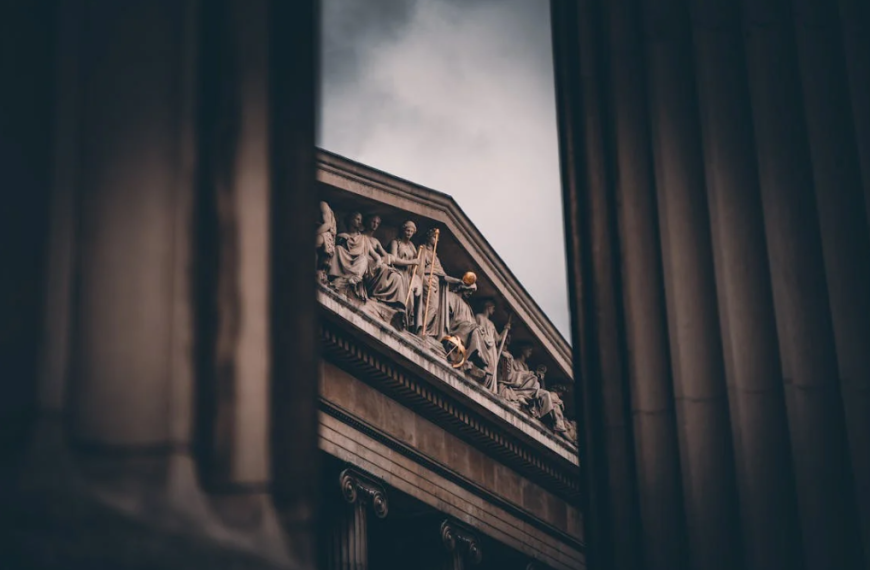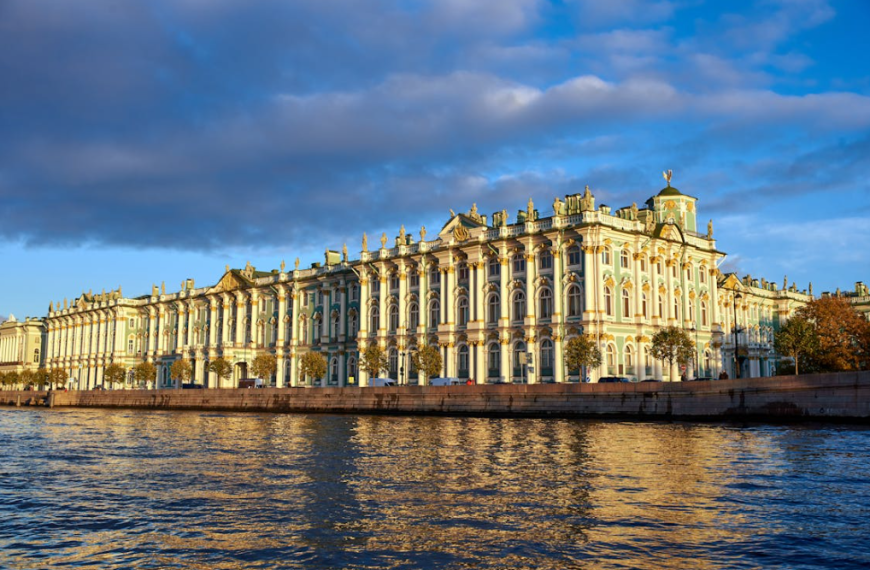The fear of witches caused many people to be treated badly and killed in Europe for hundreds of years. In England, around 500 people were killed for being witches, and in Scotland, between 3,000 and 4,000 people were killed. But in Wales, only five people were hanged for being witches.
Wales was different from other places in Europe during this time. The Welsh had their own beliefs about witches, and they didn’t have as many trials and executions as other countries. Their beliefs were influenced by their superstitions and religion, which stopped them from treating witches the same way as other places did.
The witch is a big part of Welsh culture. Some researchers think that the tall, black hat worn by Welsh women might have inspired the witch’s hat in fairy tales. But even though witches were talked about in Wales, there were no witch hunts there. So, why weren’t there any witch trials in Wales?
Welsh people were afraid of witchcraft and spooky stuff, but it mostly led to fights and arguments between neighbors and family. They mostly just called each other names.
Other reasons played a part too. People still followed old-style religion. They often trusted wise women and fortune-tellers to heal them or find lost things. Also, old beggar women were always around. Because of this, witchcraft didn’t get noticed much by the courts. And when it did, it usually got ignored.
Accusations of witchcraft
Court documents from Wales dating back to the 16th century are kept at the National Library of Wales. These records show that suspicions and accusations of witchcraft, like those seen elsewhere in Britain and Europe, were common in Wales. They often arose after arguments or when someone asked for help but was refused.
In these records, we see neighbors and family members arguing. Horses are killed, cattle are believed to be cursed, pigs die, people are hurt, there are miscarriages, and even murders. Most of the time, when someone was accused of being a witch, it was by other people in the community. These accusers were often neighbors, relatives, or people with their own reasons for making accusations.
For a while, people from outside Wales thought of it as a place of magic and mystery. Sometimes, English people visited Wales to get advice from magic practitioners and fortune-tellers.
Women in Wales often dressed in a way that resembled how witches were described. They wore long, heavy woolen skirts, aprons, blouses, and large woolen shawls. Many women made mead and ale, and they would let others know they had ale for sale by putting up signs outside their cottages. One of the most common signs was a broomstick.
People noticed similarities between ordinary Welsh women and the witches described in old stories like the Malleus Maleficarum, written in 1486. These similarities included how they looked and their religious beliefs, as well as their use of charms and herbs. This made some people think that Wales was full of witchcraft. As a result, juries in Wales during that time were unsure about how believable witch accusations really were.
Religion
The people in Wales had their own religious beliefs, but they leaned more towards praying rather than following strict religious rules. One reason for this might be that many Welsh people couldn’t read or understand the Bible until it was fully translated into Welsh in the late 1500s.
Instead of following the Protestant teachings of the reformed church, Welsh tradition preferred to worship at home in ways similar to Catholic practices. Many still sought help from charmers rather than relying on the church. This led politicians in the Elizabethan and Stuart times to criticize the religious practices in Wales as being “ignorant.”
Surprisingly, even the church in Wales sometimes practiced things that could be seen as witchcraft. There was a tradition where priests would curse people, which was like a formal prayer asking God for punishment. This shows how religion and witchcraft were connected in Wales. Priests also wrote protective prayers.
Because of these beliefs and practices, some religious leaders in southern England saw Wales, along with Cornwall and the north of England, as places full of superstition and magi
Charms and curses in Wales often included Christian phrases from the Bible, showing how religion mixed with other beliefs. Many of these writings also had small crosses, symbolizing the importance of the cross.
Gwen ferch Ellis, the first woman hanged for witchcraft in Wales, had a charm that mentioned the Father, the Son, the Holy Spirit, and the three Marys. Her execution might have been because she angered influential people who convinced the judges she was guilty.
There isn’t just one reason why Wales didn’t have witch hunts. Wise women and soothsayers were respected for their helpful services, even by the church. People accused of witchcraft in Wales were usually just doing everyday things like brewing or telling fortunes. While people feared the supernatural, Welsh courts were more focused on prosecuting theft than witchcraft.










